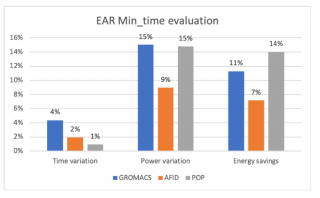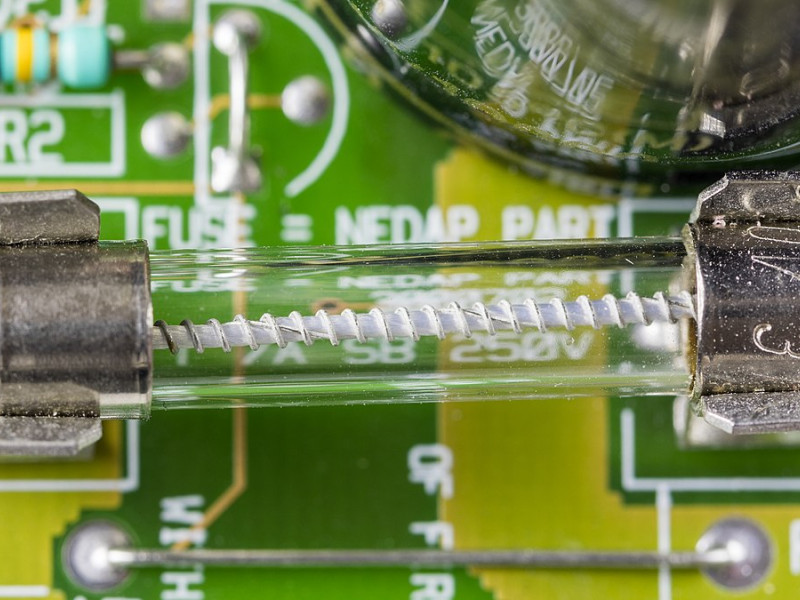Energy Smart Computing
How can we lower the amount of energy used by computing applications? That is what we are investigating in this project. Choices can be made in balancing performance vs. energy consumption levels. We aim for sustainable IT facilities for scientific research, so that the total energy consumption of a particular research project can be minimized.
IT consumes a lot of energy and is therefore also responsible for a considerable part of the world’s CO2 emissions - just as much as air traffic! At universities and colleges of higher education in the Netherlands, the share of IT is about 20 percent of all power consumption. And more than 90% of SURF's CO2 footprint is caused by the power consumption of our e-infrastructure. Until now, measures for energy savings and greening have often focused on the IT equipment itself or on the data center. This project focuses on greening the application in relation to the IT infrastructure used. We have first indications that significant amounts of energy (up to 10%) can be saved when system components (i.e. clock frequency of CPUs and GPUs) can be tuned during runtime dependent on the application that is running on the system.
Objective
Sustainable IT facilities for scientific research, so that the total energy consumption of a particular research project is minimized or at least kept within reasonable limits. Choices can be made in balancing performance vs. energy consumption levels.
Urgency
The pressure to reduce energy consumption and CO2 emissions in society is increasing rapidly, while the energy consumption of IT at SURF is growing rather than decreasing. This calls for innovative solutions to deal with energy as efficiently as possible.
Current activities & first results
- In a first proof of concept (PoC), we have proven that the clock frequency of a server can be set by a user through a command in the job scheduling system without the need of rebooting the server. Further, we have seen that in particular for a memory-bound job, energy can be saved without compromising the application performance.
- We are currently investigating the EAR software, an energy management framework for HPC, in collaboration with Barcelona Supercomputing Center and hardware supplier Lenovo. EAR software is a management framework optimizing the energy and efficiency of a cluster of interconnected nodes. To improve the energy of the cluster, EAR provides energy control, accounting, monitoring and optimization of both the applications running on the cluster and of the overall global cluster.
- First tests of the three most used applications on the national Supercomputer Cartesius (representing a total workload of 40%) show very promising results using the EAR framework (see figure). Energy savings of more than 10% on average across this set of applications evaluated were shown. A much more thorough and detailed evaluation on a broader set of applications will be undertaken.

Three major applications tested using the EAR framework are: GROMACS (molecular dynamics, mainly compute-bound), AFID (solver for Navier-Stokes equations for turbulent flow, memory-intensive), POP (ocean circulation model, memory-intensive). The figure shows the achieved energy savings without compromising the application performance for these applications.
